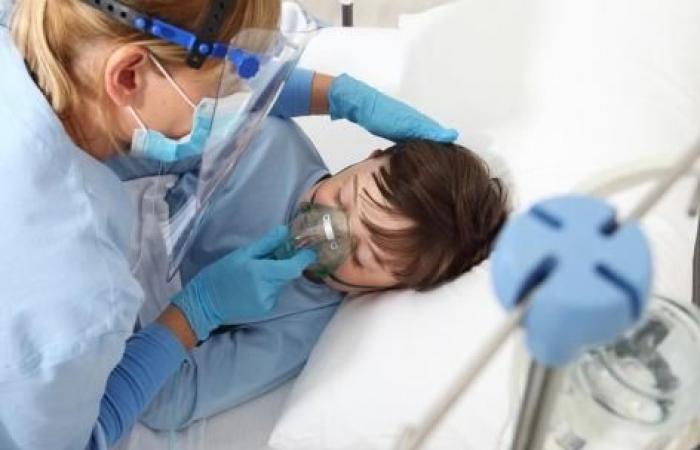Tubeless upper airway surgery in children is a complex procedure in which surgeons and anesthesiologists share the same operating field. “Microlaryngoscopy, during which the surgeon inspects the upper and lower airways for abnormalities, requires the anesthesiologist to use a tubeless method of oxygen delivery to allow a complete, unobstructed view of the airway. “entire airway. As part of this procedure, young patients are therefore at risk of having low oxygen levels. Therefore, the operation must often be interrupted to increase oxygenation.” said Susan Humphreys, Professor of the Child Health Research Center at the University of Queensland (Australia), and Andreas Schibler of the Wesley Research Institute of Queensland.
Surgery: Children given oxygen at much higher rates
In a new study, published in the journal The Lancet Respiratory Medicine, the researcher and his team wanted to know if high-flow nasal oxygen therapy was effective in reducing the frequency of interruptions of rescue oxygen therapy in children undergoing upper airway surgery. As a reminder, this method delivers oxygen at much higher rates through small nasal prongs throughout the respiratory cycle when the patient has their mouth closed. To carry out their work, the scientists carried out tests in five Australian hospitals with anesthetists and ear, nose and throat surgeons. In detail, they recruited 497 children aged under 16 who were scheduled to undergo tubeless upper airway surgery. Some received high-flow nasal oxygen therapy, while the others received standard oxygen therapy (oxygen flows up to 6 L/min).
High-flow nasal oxygen therapy, a safe and effective alternative in children
According to the results, 236 of 267 procedures under high-flow oxygen were successful without interruption during tubeless airway surgery, compared to 229 of 261 procedures under standard care. There were 51 procedures with a hypoxemic event (i.e. lack of oxygen supply) in the high flow oxygen group and 57 in the standard care group. Adverse reactions reported in both groups were epistaxis (nosebleed), laryngospasm (spasm of the vocal cords), bronchospasm (sudden contraction of the smooth muscles of the bronchi), bradycardia (abnormally slow heart rate), cardiac arrest, hypotension or death.
“High-flow nasal oxygen therapy during tubeless upper airway surgery did not reduce the proportion of procedural interruptions for rescue oxygenation compared with standard care. However, the study shows that it offers anesthesiologists a second option when deciding how best to administer oxygen to children undergoing this type of surgery.” the authors concluded.
Check out our digital video work,
only an account creation is required to access it.






